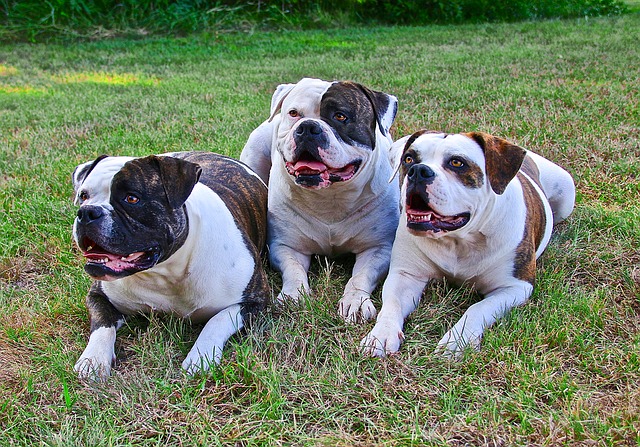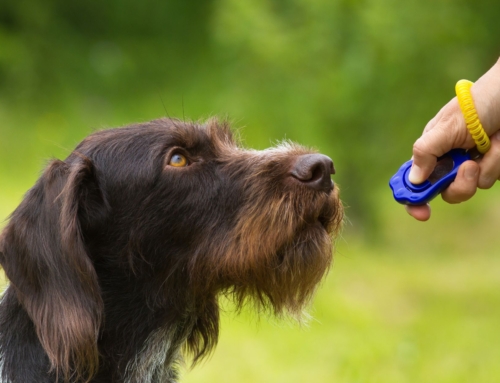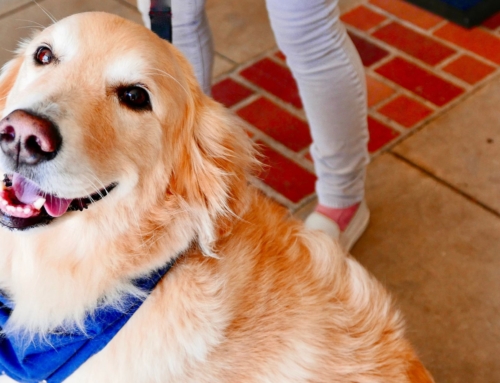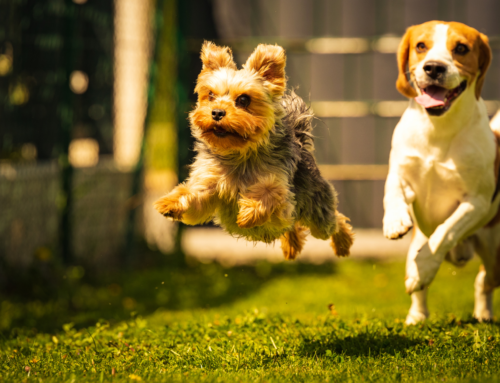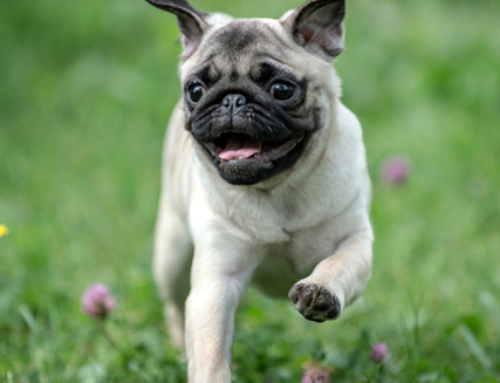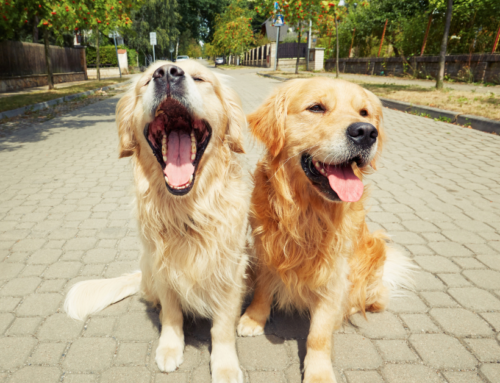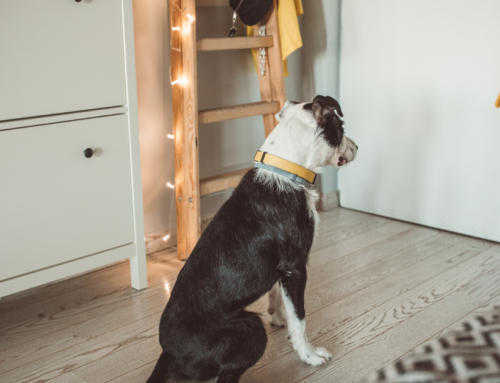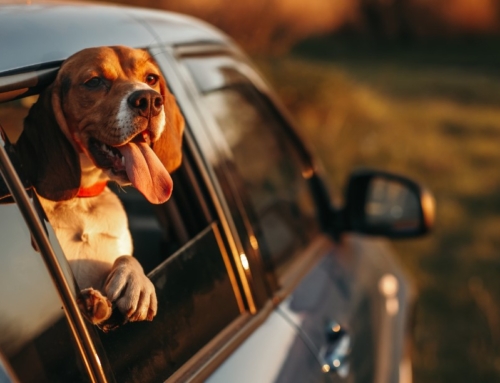Are you thinking of adding and additional pets to your happy family?
Adding another dog to your furbaby family can be an enticing idea – especially if your dog likes the company of others. Dogs bring such love and fun to a household it’s easy to think this will be multiplied with the addition of a new pooch. Before you start searching for your next puppy however, it is important to consider how best to accommodate for another pet.
Why it can be beneficial to have more than one pet in the house
Having more than one pet comes with multiple benefits, and additional responsibilities. Dogs are pack animals and although they see humans as part of their pack, an additional four-legged friend can reduce separation anxiety as part of the pack remains at home when the human members leave for work or school. Having two dogs can improve both dogs’ mental health.
Having more than one pet in your home is great if you have children. Not only will they have a four-legged friend to play with, studies have shown early exposure to multiple pets reduce the likelihood of developing allergies later in life.
Additional companionship is one of the main reasons people decide to add another dog to their family. Most dogs bond to a particular family member and seek their attention above others. Having a second dog means another furbaby to share the love with.
Steps to take to accommodate for the additional pet
Once you’ve decided to add another pet to your group, there are some important steps to take to ensure everything runs as smoothly as possible.
Choose carefully – Selecting another dog to join your pack takes careful consideration of everyone’s needs – including your current dog. Consider what your family hope to get from a second pet, the time you have to invest in training and how you’ll welcome the new addition to your home. Also think about the types of dogs your pooch already gets along with, their age, personality and other likes and dislikes.
Training – If you think getting a second dog will make training your current dog easier, think again. If your dog has bad habits, they are more likely to teach the newcomer these behaviors than more desirable ones. It’s wise to make sure your dog is well behaved and obedient before you introduce another dog, otherwise you’re likely to end up with two naughty dogs in the house and a life of chaos.
First impressions – When it comes to introducing your dog to the new addition, how you do it can influence how well they settle in with each other. First introductions should be in neutral territory with both dogs under control and on leads. Each should be able to investigate the other and when taking them home, let your old dog come home first so they can welcome the new dog.
Finding their places – It will take a little while for the new dog to settle in and the old dog to accept the change. You can help smooth the process along by supervising play times, ensure they have their own beds, water and food bowls and removing any of your dog’s favorite toys. When things settle down, these can be returned along with new toys for each.
Make time – Not only will a second dog require more resources like food, collars, and dog accessories; you’ll also need to allocate more time for them – particularly early on. Each dog should have together time and time with their favorite human. This can be anything from grooming time to a one to one walk each week, whatever you choose, make sure it’s something special for you pooches so they both feel valued and loved.
Adding a second (or third) dog to your family certainly multiplies the fun and love. It also increases the time, money and work you’ll need to invest in making sure each member of your family is happy and healthy. Choose wisely and follow our steps to ensure you get the ultimate enjoyment from adding a second dog to your home.
If you are the owner of more than on dog, share your tips for a happy home.
By Guest Blogger – Elise Morgan. Learn more about Elise on Twitter at @elisethewriter.com



